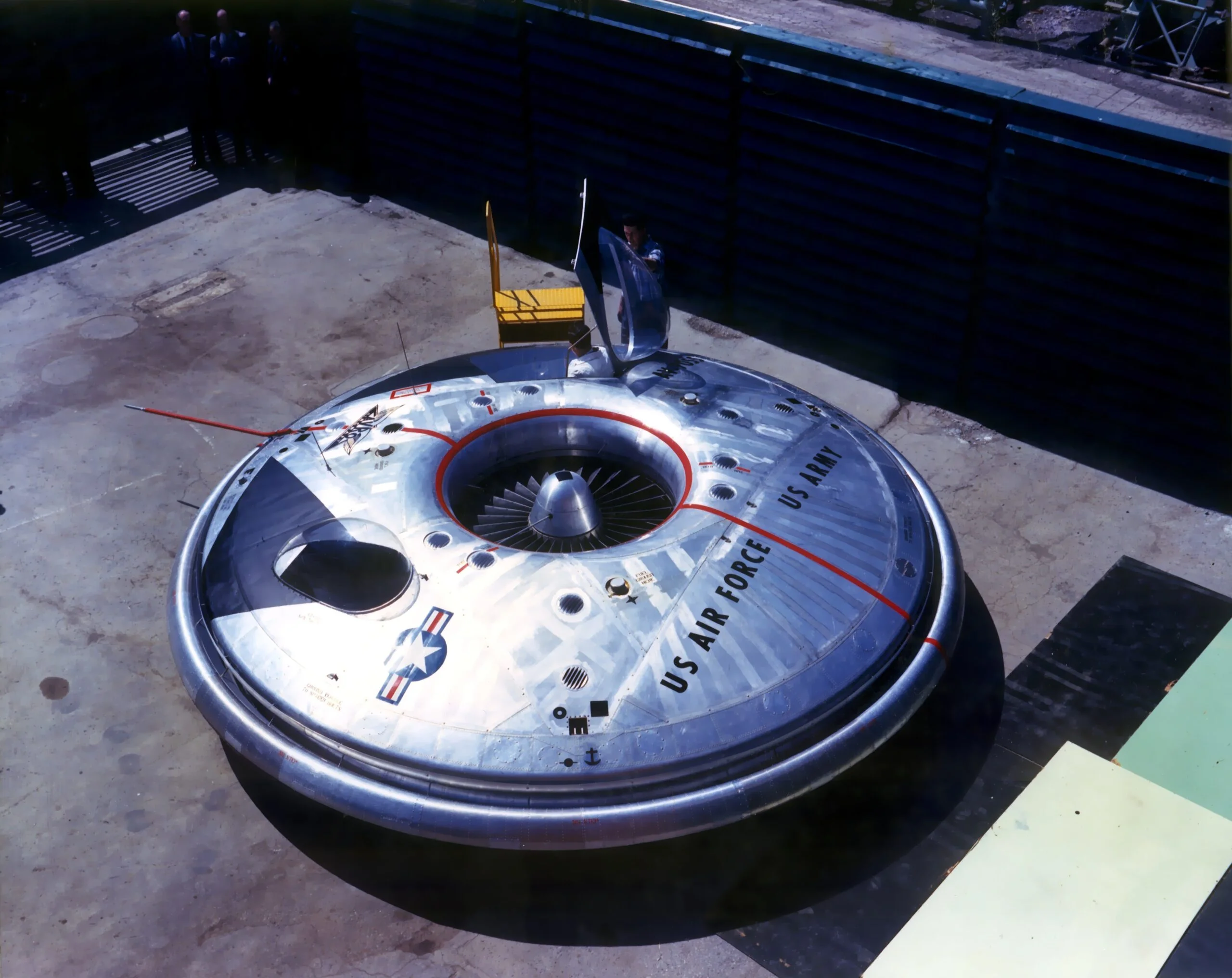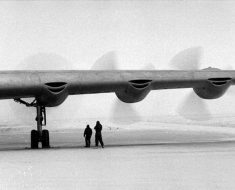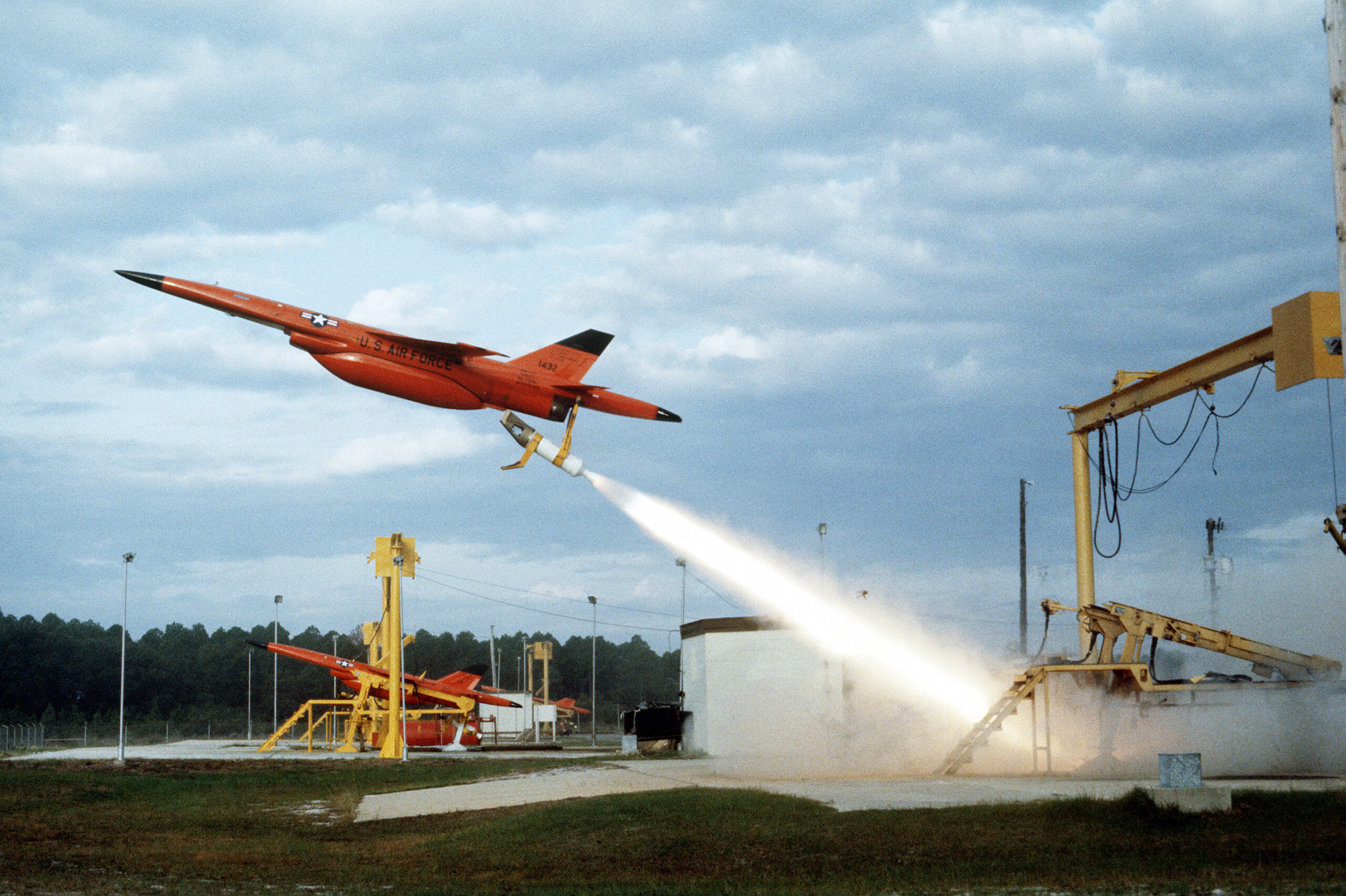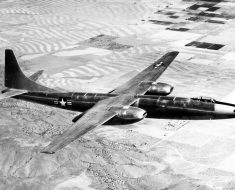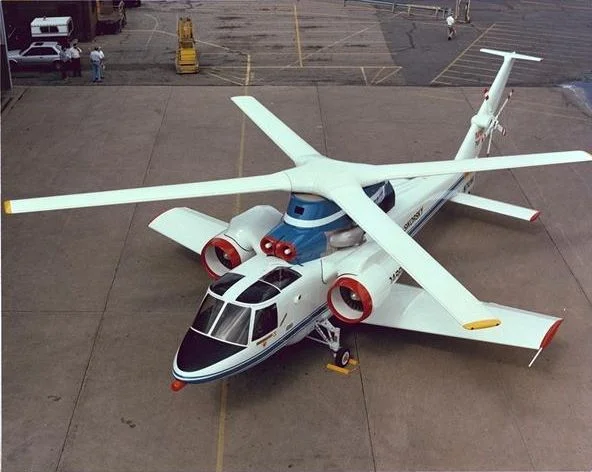The VZ-9AV Avro was without a doubt, a flying saucer, but this phrase was not coined until June 1947. A private pilot flying near Mt. Rainier in the Cascade Mountains in Washington state saw a group of nine strange, crescent-shaped craft flying over the mountains at very high speed.
He told newspaper reporters that they had flown in an odd undulating fashion “like a saucer if you skip it across the water.” An enterprising editor used this phrase to give these unidentified flying craft a catchy name: he called them “flying saucers”.
Almost instantly, people in the US and elsewhere were seeing circular flying craft everywhere: American newspapers carried reports of over 800 sightings of flying saucers in the remainder of 1947 alone and soon similar reports were coming in from around the world.

Contents
Interest grows in “Flying Saucers”
The one thing that all witnesses seemed to agree on was that these strange craft were capable of extraordinary speed and manoeuvrability. They could turn, accelerate and decelerate faster that any known aircraft.
Read More: Designed at Area 51 – The Secret Boeing Bird of Prey
They seemed to use some entirely new technology and speculation began that they were advanced military aircraft produced secretly by either Russia or the United States. Other people became convinced that they were created by an advanced race of extra-terrestrial origin.
Even aircraft designers began to wonder whether the circular shape of these craft conferred some fundamental benefit in terms of performance.
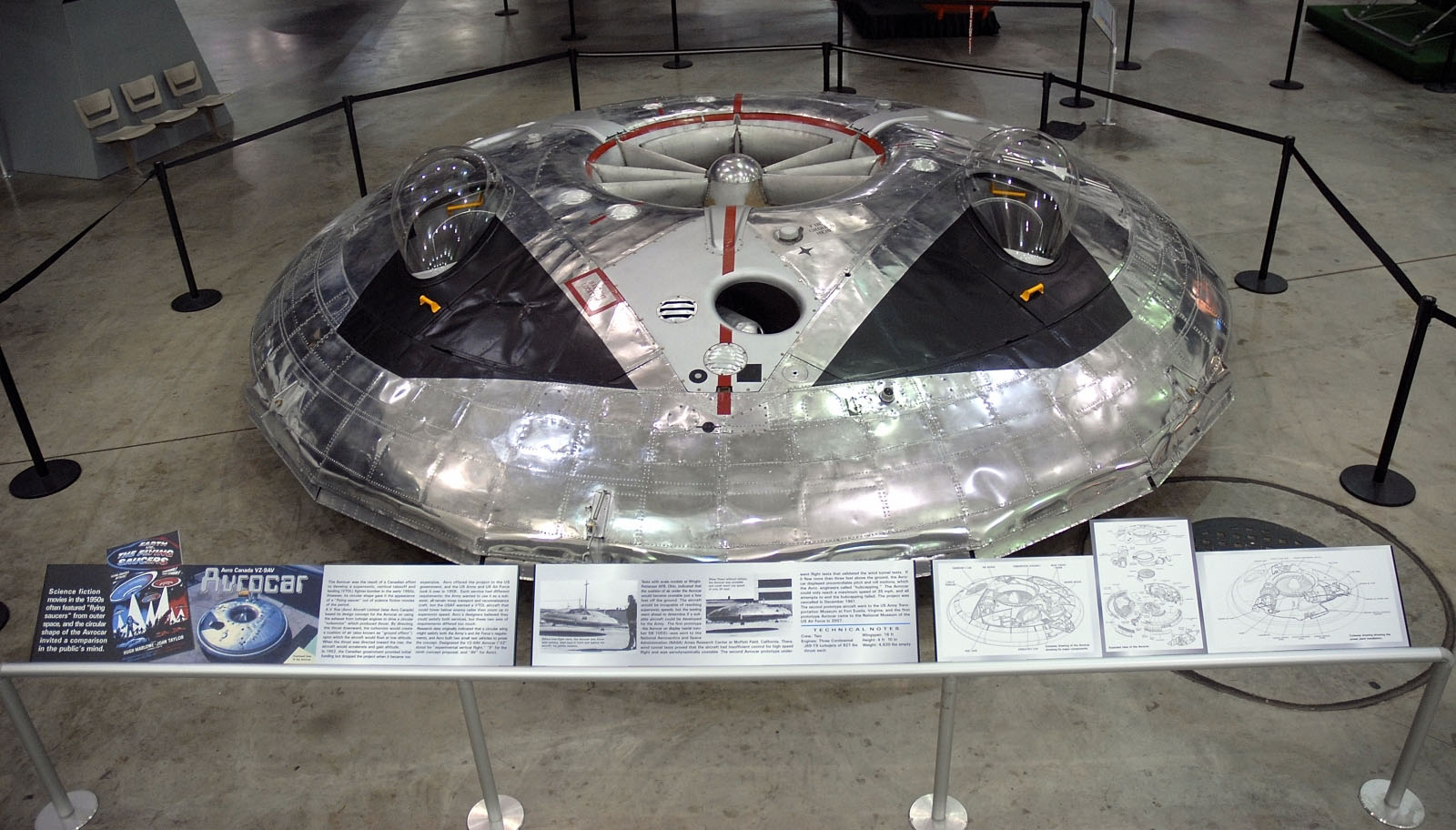
Some military aircraft designers began to consider circular aircraft. Documents declassified in 2012 show that one of the most remarkable of these was the VZ-9AV Avrocar designed and built by Avro Canada.
Its designer claimed that this new, circular, VTOL aircraft would be capable of extreme manoeuvrability and speeds in excess of 1,500 mph (in comparison, the USAF’s contemporary jet fighter at the time, the F-86 Sabre, could barely reach 700 mph).
It seemed that aviation was about to use the notion of the flying saucer to make a quantum leap into a new age of vastly increased performance.
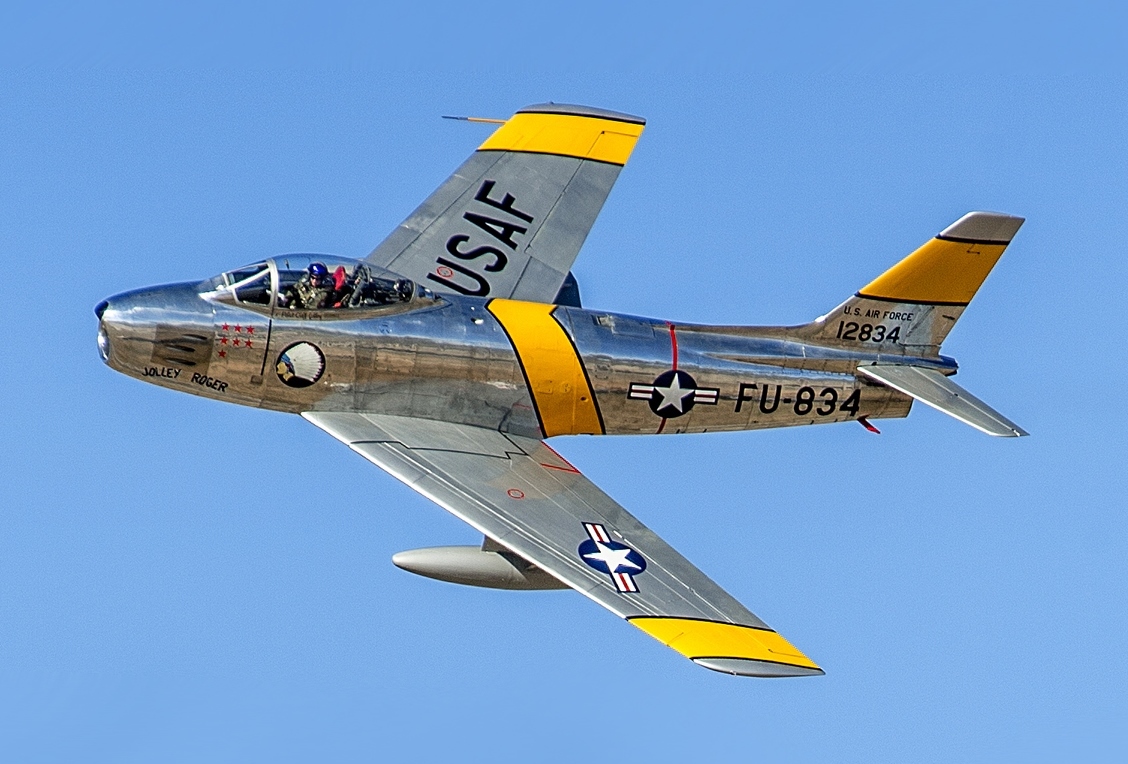
The man behind this radical design was John “Jack” Frost, a senior designer with A.V. Roe Canada (Avro Canada). Frost had joined the design team of the de Havilland Aircraft Company in 1942.
He was involved in the design of the Hornet, a fighter variant of the Mosquito Light bomber and the D.H.100 Vampire, Britain’s second jet fighter. He was also Project Engineer for the design of the DH.108, a swept-wing, tailless design that went on to become the first jet-powered aircraft to exceed the speed of sound.
In 1947 he was working on another radical design, the “gyrodyne,” a high-performance helicopter powered by rotor-tip jets when he was offered a position in Canada.

Projects Y and Y-2
When he arrived in Canada in June 1947, Frost was appointed Project Designer for the new XC-100 jet which would be developed to become the CF-100 Canuck interceptor. However, Frost already had in mind something much, much more advanced.
He persuaded Avro Canada to create the Special Projects Group, housed in a separate building with its own security guards and limited access. There, in 1952, he began preliminary design for Project Y.
Read More: Lockheed D-21 – A UFO Spotter’s Dream
Frost and his team envisaged what they called a “pancake” engine, a series of jet turbines arranged in a circle. The exhaust from these engines could be directed to the “turborotor,” a turbine that would lift the aircraft from the ground into a hover.
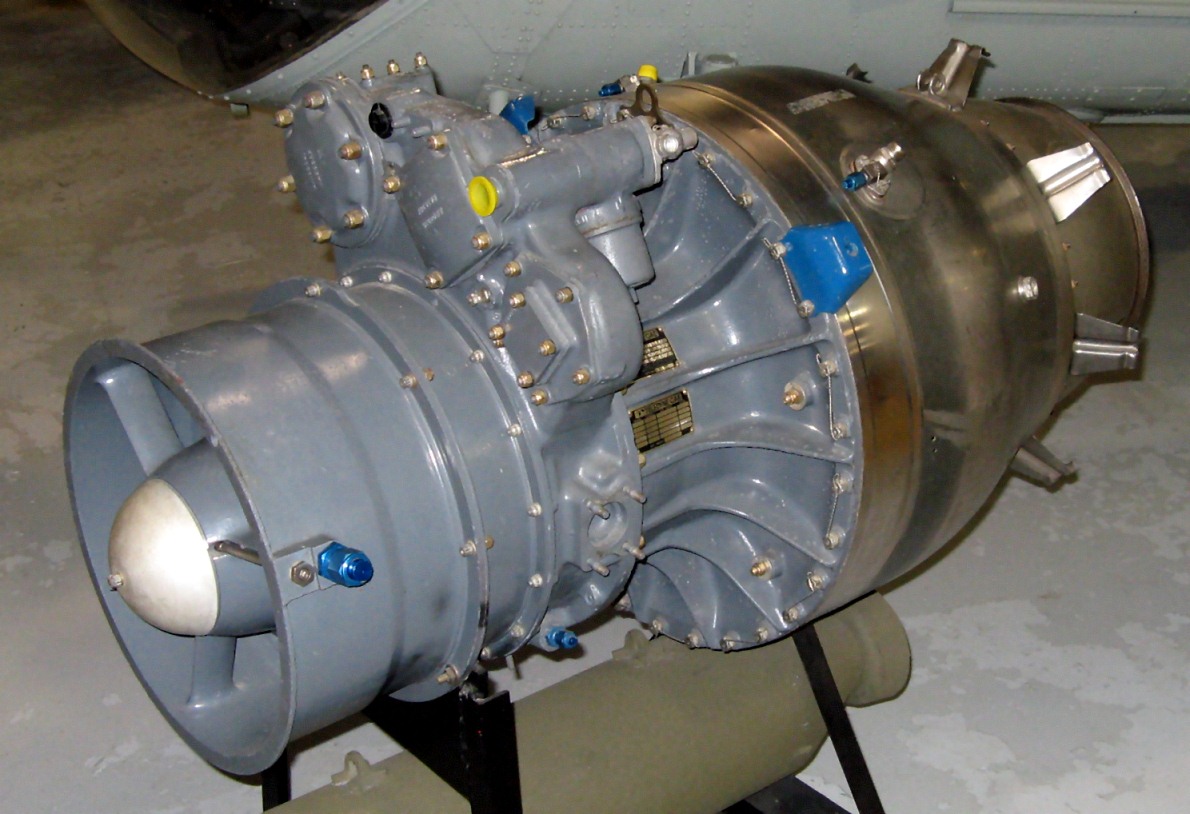
The thrust from the engine would then be directed to the rear to propel the aircraft forward to take-off conventionally while balanced not on an undercarriage but a cushion of air. Frost initially designed a spade-shaped aircraft but this project only reached the stage of constructing a wooden mock-up before the money ran out.
The Canadian Defence Research Board, which had provided most of the funding for Project Y, decided to focus resources on the development of conventional aircraft and the project was cancelled.
However, Frost continued to tinker with the design, producing plans for Project Y-2, a new and completely circular craft.

This would use a similar engine layout but would, according to Frost, be even faster and more manoeuvrable. The new aircraft would be able to hover just above the ground, out of sight of radar, and then climb and accelerate swiftly to speeds in excess of 1,500 mph.
The VZ-9AV
In 1958 the project was resurrected when the USAF suddenly became interested in Frost’s intriguing new design.
With funding from the US Defense Department, Avro Project 1794 received a formal US designation as the VZ-9AV: VZ for vertical take-off experimental aircraft, 9 because by this time, this was the ninth iteration of the design and AV for Avro. However, the new aircraft soon became generally known as the “Avrocar.”
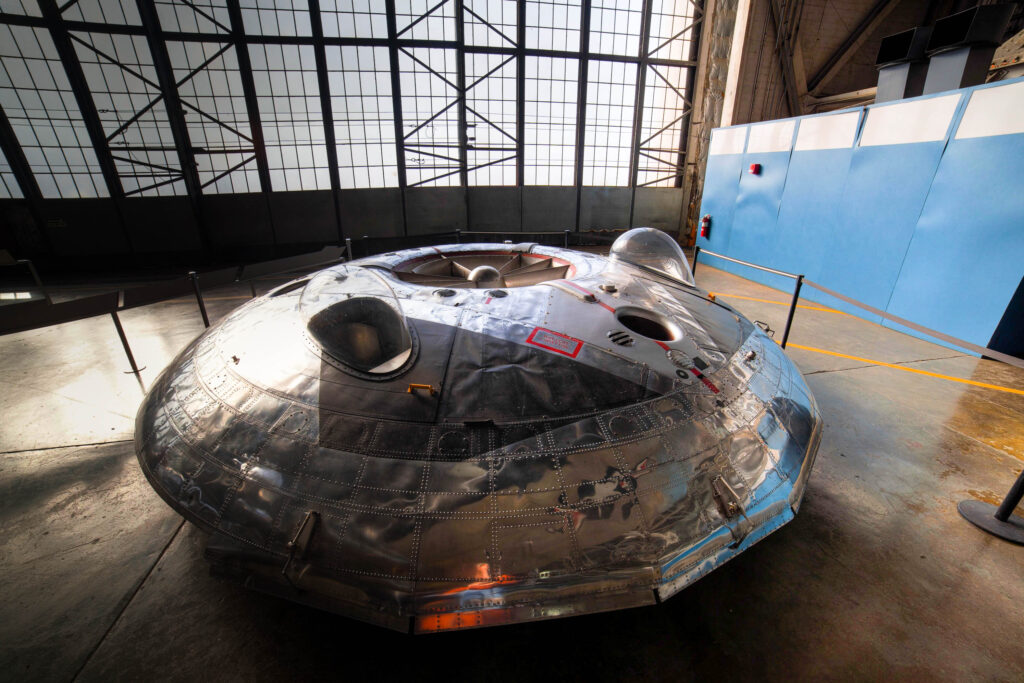
The circular craft was to be 30ft. in diameter and powered by six turbojet engines arranged around its circumference. These would power a central turbine that would provide the vertical thrust that would allow the aircraft to hover.
Thrust could then be directed to the rim of the circular fuselage to provide forward motion. Control would be provided by several shutters on the aircraft’s upper surfaces, similar to conventional ailerons.
Read More: MiG-21 Fishbed – The AK-47 of Combat Aircraft
Frost and his team provided the USAF with some very impressive figures. They believed that the six turbojets would provide the VZ-9AV with up to 30,000lbs of thrust that would propel the aircraft up to Mach 4, to a ceiling of over 100,000 feet and with an operational range of over 1,000 miles.
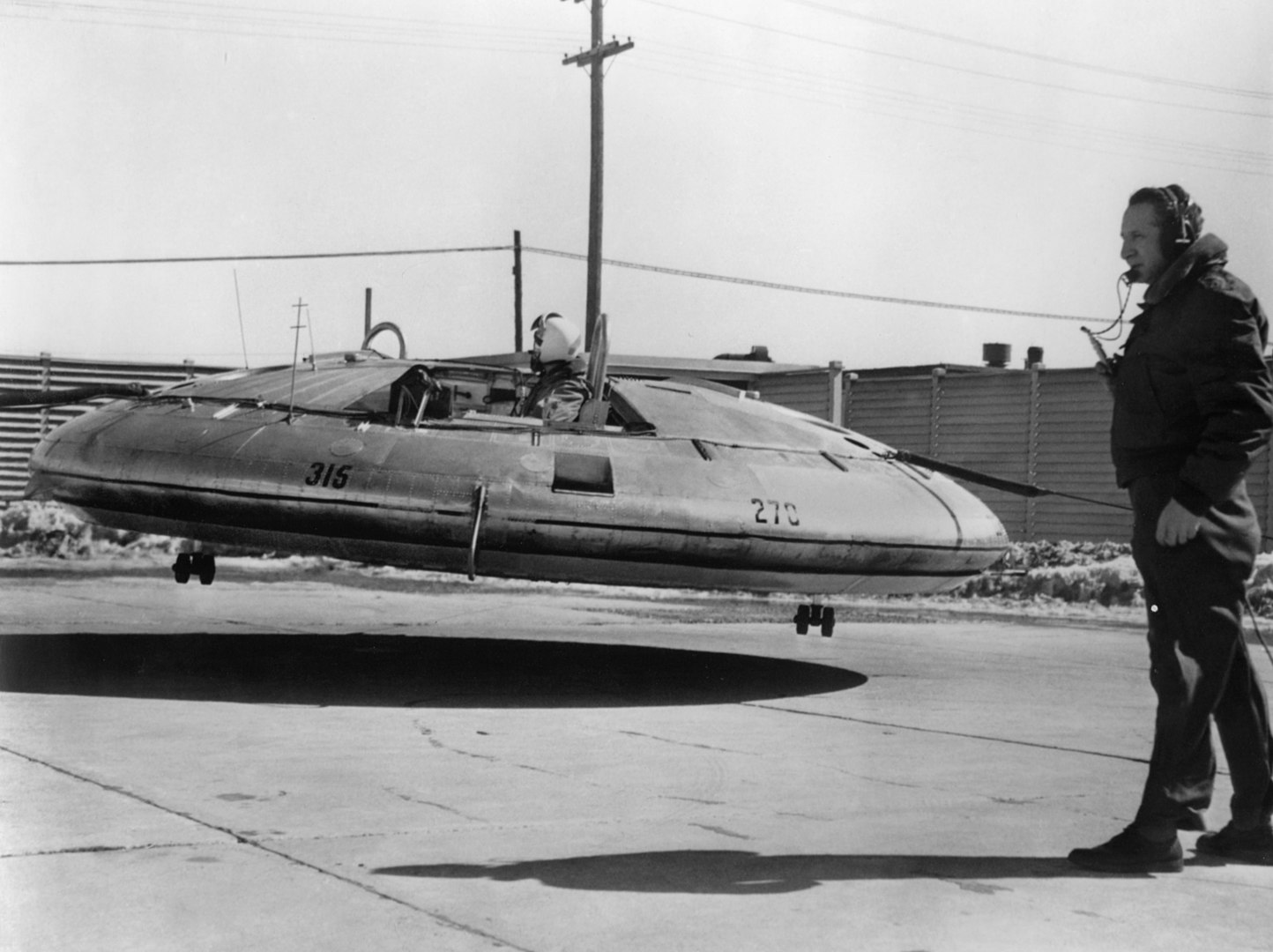
Even now, this would be an impressive specification. Back in the 1950s, it was game-changing. Equipped with a flying saucer interceptor capable of such performance, the combat capability of the USAF would become unsurpassed and beyond that of any other nation in the world.
The US Defense Department provided the funding for the construction of two prototype aircraft to test the new concept. These were to be considerably smaller than the final design, at just 18 feet in diameter and were to be powered by just three turbojet engines.
Nevertheless, Frost and his team were confident that the prototype would prove sufficiently impressive that it would soon lead to the development of production aircraft.

It was estimated that the prototypes would be capable of at least 300mph and would be able to reach 10,000 feet.
It wasn’t just an interceptor version of the new craft that interested the US. The US Army also saw this design as the basis for a high-performance reconnaissance and troop and supply transport aircraft.
When the first orders were placed for the then-new UH-1 helicopter in the late 1950s, one senior officer of the US Army who was aware of the secret VZ-9AV project confidently claimed that this would be the last helicopter that the US Army would ever buy. That wasn’t quite how things turned out…

Flight testing
Construction of the two prototype aircraft was undertaken at the Avro Canada plant in Malton, Ontario. Power was provided by three Continental J-69 turbojet engines which in turn powered a central turbine with a diameter of 5 feet.
Two crew positions were provided on either side of the upper fuselage, though only one, for the pilot, was provided with a plexiglass canopy on the prototypes.
The prototypes were completed in May and August 1959. The first was sent to the Nasa Ames Research Center based at Moffat Filed in California where it underwent wind-tunnel testing. The second prototype remained at the Avro facility in Malton where it undertook tethered flight tests in September 1959.
Read More: Mil V-12 – The Biggest Helicopter Ever
Finally, In November 1959, the radical Avrocar was ready for untethered flight. Avro test pilot Wladyslaw “Spud” Potocki was allocated the task of flying the new aircraft, and it very soon became clear that its performance was less breath-taking than had been anticipated.
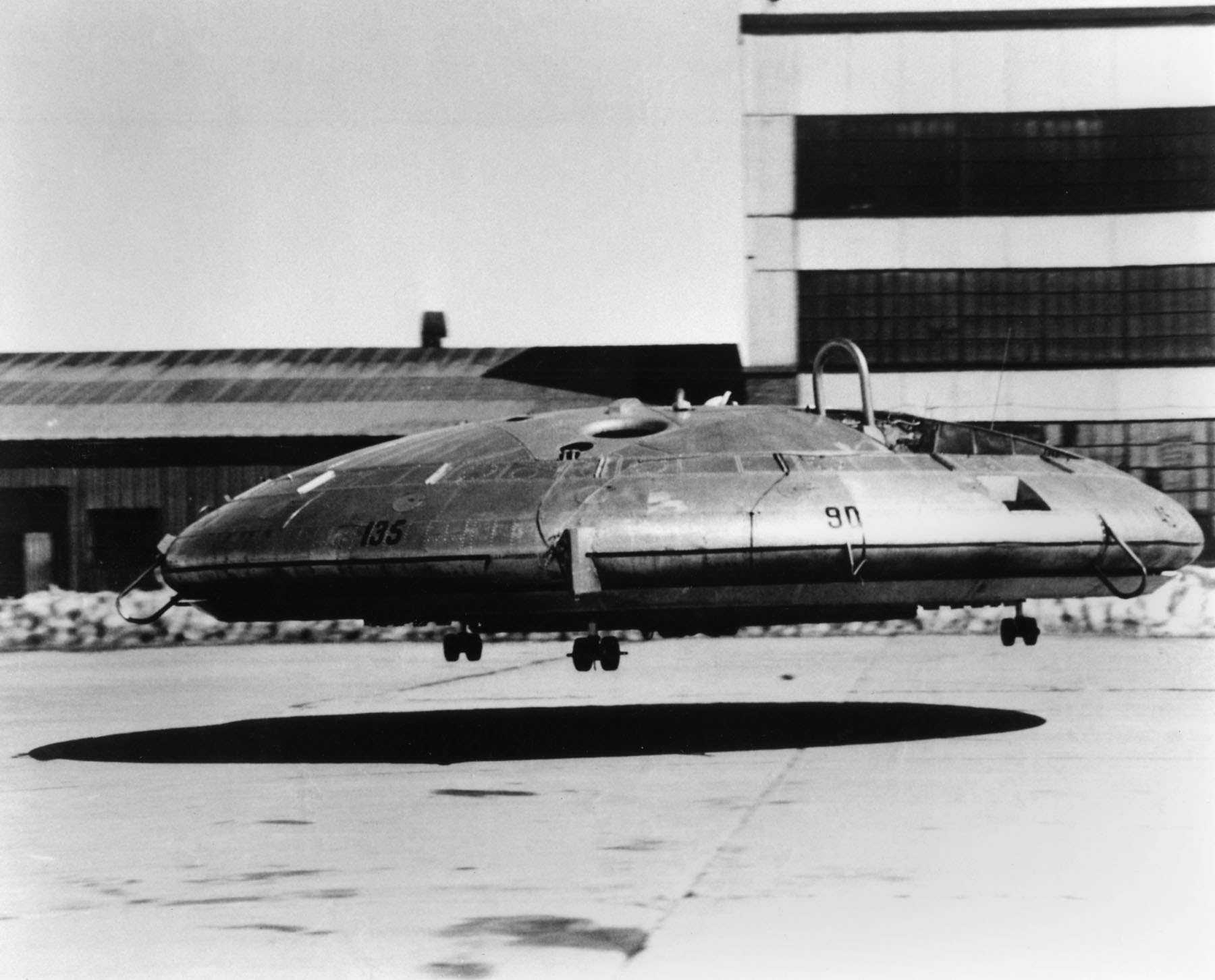
The Avrocar was certainly capable of achieving lift-off and could hover comfortably at around three feet above the ground. However, any attempt to climb higher than this caused uncontrollable oscillation, a problem the Avro design team came to call “hubcapping” because it resembled the motion of a hubcap rolling on its rim.
Forward speed also proved to be rather less than the anticipated Mach 4: during the course of extensive testing, the VZ-9AV failed to reach 35mph!
Several hasty design changes were incorporated that introduced new control surfaces and at one point, a conventional tail. None proved to be helpful. Staff at the Avro plant in Malton became sadly familiar with the sight of the VZ-9AV wheezing along the taxiways at low speeds and never more than three feet above the ground.
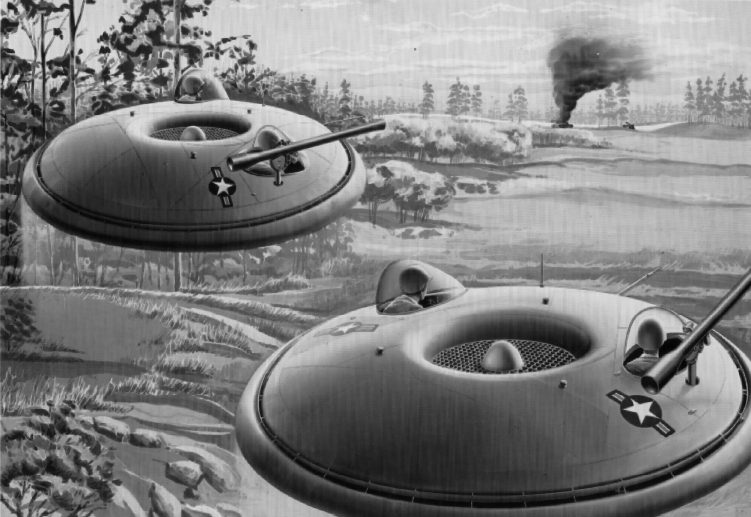
In America, wind-tunnel and brief flight testing proved that the VZ-9AV was aerodynamically unstable. It would become uncontrollable long before it reached the speed needed for supersonic flight.
However, this data was obtained through calculation and the analysis of wind-tunnel results: the prototype tested in the US also failed to exceed 30mph at a maximum altitude of 3 feet.
Unsurprisingly given the dismal flight test results, both the US Army and USAF rapidly lost interest in the VZ-9. In December 1961 all further work on the Avrocar project was terminated. After the expenditure of more than $10 million, it had become clear that America would not be operating its own flying saucer.
Conclusion
Some UFO conspiracy theorists seem to believe that the declassified reports on the dismal performance of the VZ-9AV are no more than a cunning ploy on the part of the US Defense Agencies.
They believe that this aircraft actually achieved such astonishing performance that it immediately became a “black” project so secret that its very existence was denied. Derivatives of this aircraft, they claim, are responsible for many current sightings of UFOs. The truth seems to be more prosaic and a little disappointing.
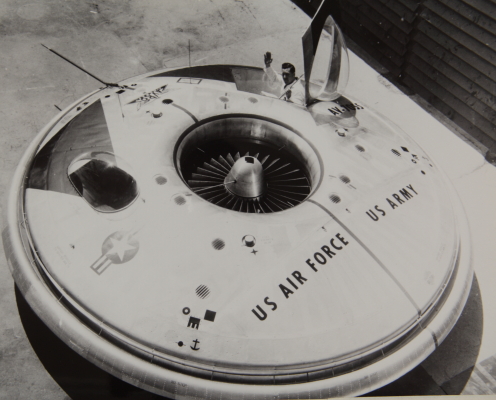
There is a surprisingly thin line between bold engineering and utterly bonkers design. The VZ-9AV didn’t so much step across this line as leap exuberantly over it. It is difficult to reconcile Jack Frost’s claims of astounding performance when measured against the actual capability of the prototypes of the VZ-9AV.
Read More: Curtiss XP-55 Ascender – The Flawed Fighter
Testing and calculation clearly showed that the VZ-9AV would never have been capable of stable high-speed flight and certainly not of achieving anything close to Mach 4 at an altitude of 100,000 feet.
This was a design very much of its time when the notion of flying saucers led many people to believe that this configuration offered the possibility of performing well in excess of that provided by a conventional airframe.
Designs like the VZ-9AV helped to demonstrate that this simply wasn’t true. Whatever “flying saucers” really were (or continue to be!) they clearly were not a blueprint for the design of radical new military aircraft.
If you like this article, then please follow us on Facebook and Instagram.
Specifications
- Crew: 2
- Capacity: 1 observer/engineer
- Diameter: 18 ft (5.5 m)
- Height: 3 ft 6 in (1.07 m)
- Empty weight: 3,000 lb (1,361 kg)
- Max takeoff weight: 5,560 lb (2,522 kg)
- Powerplant: 3 × Continental J69-T-9 turbojet engines, 660 lbf (2.9 kN) thrust each
- Maximum speed: 300 mph (480 km/h, 260 kn) (estimated), 35 mph (56 km/h) (actual)
- Range: 995 mi (1,601 km, 865 nmi) (estimated), 79 mi (127 km) (actual)
- Service ceiling: 10,000 ft (3,000 m) (estimated), 3 ft (0.91 m) (actual)

